aws waf cloudfront
AWS WAF and CloudFront: Bolstering Security and Performance
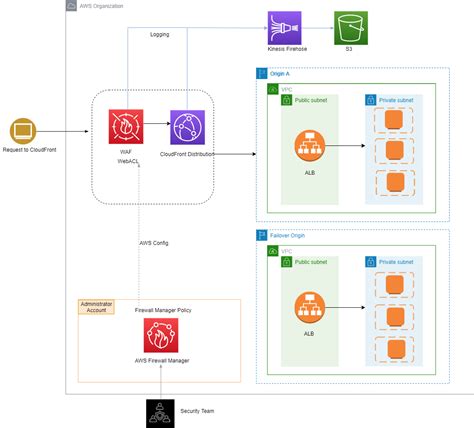
Amazon Web Services (AWS) has revolutionized the way businesses host and deliver their web applications. Two integral services, AWS Web Application Firewall (WAF) and Amazon CloudFront, have played pivotal roles in enhancing security and optimizing content delivery. In this article, we’ll delve into the powerful synergy between AWS WAF and CloudFront, exploring how they work, their benefits, real-world examples, and statistics that demonstrate their impact.
Understanding AWS WAF
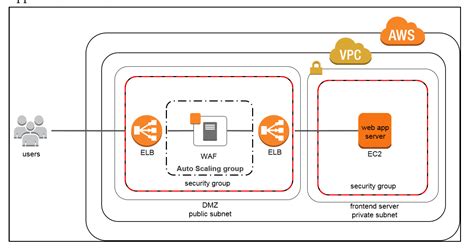
AWS Web Application Firewall (WAF) is a robust security service that protects your web applications from common web exploits, such as SQL injection, cross-site scripting (XSS), and more. It operates at the application layer and enables you to define rules to control access to your content and applications. These rules allow you to filter, monitor, and mitigate incoming traffic to safeguard your applications against malicious activity.
Key Features of AWS WAF
- Rule-Based Filtering: AWS WAF allows you to create custom rules to filter and block incoming traffic based on various criteria, including IP addresses, geolocation, and request attributes.
- Managed Rule Sets: You can leverage AWS Managed Rule Sets, which are pre-configured rule sets designed to protect against common threats, saving you time and effort in rule creation.
- Integration with AWS Services: AWS WAF seamlessly integrates with other AWS services like Amazon CloudFront and AWS Application Load Balancers, providing comprehensive security for your applications.
Amazon CloudFront: Content Delivery at its Best

Amazon CloudFront is a Content Delivery Network (CDN) service that accelerates the delivery of your web content, including images, videos, scripts, and APIs, to users around the world. It uses a global network of edge locations to reduce latency and provide high availability, ensuring a seamless user experience.
Key Features of Amazon CloudFront
- Low Latency: With edge locations strategically located across the globe, CloudFront reduces latency by serving content from the nearest edge location to the user, enhancing load times.
- Security: CloudFront integrates with AWS WAF, allowing you to protect your content and applications from threats and attacks while delivering content with minimal overhead.
- Scalability: It scales automatically to handle traffic spikes, ensuring your content is always available, even during traffic surges.
The Synergy of AWS WAF and CloudFront
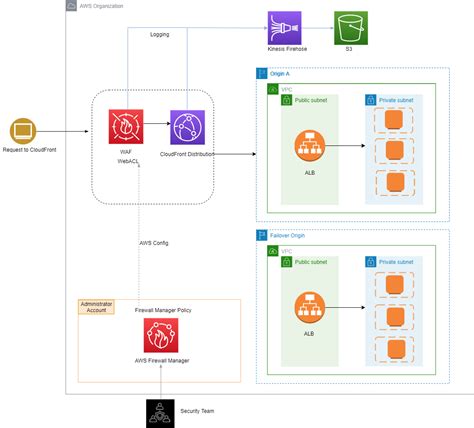
Individually, AWS WAF and CloudFront offer remarkable capabilities. However, their true potential is realized when used in tandem. Let’s explore how they complement each other and provide a comprehensive solution for web application security and content delivery.
1. Enhanced Security
Combining AWS WAF and CloudFront creates a robust security barrier for your web applications. AWS WAF inspects incoming requests and applies security rules to filter out malicious traffic. This means that threats are mitigated at the edge, before they reach your application servers.
For example, if you have a rule in AWS WAF that blocks SQL injection attempts and integrate it with CloudFront, any SQL injection attack is thwarted at the edge location closest to the attacker. This not only protects your application but also saves valuable server resources.
2. DDoS Protection
CloudFront’s massive global network provides inherent Distributed Denial of Service (DDoS) protection. When you couple this with AWS WAF’s traffic filtering capabilities, you get a powerful shield against DDoS attacks. CloudFront absorbs the attack traffic across its edge locations, and AWS WAF filters out malicious requests, ensuring that legitimate traffic reaches your application.
3. Content Optimization
CloudFront’s content delivery capabilities complement AWS WAF’s security features by optimizing the delivery of content. It caches your web content at edge locations, reducing the load on your origin server and improving content delivery speed.
Imagine a scenario where your website hosts images, videos, and scripts. CloudFront caches these resources at its edge locations, ensuring that users receive them quickly and reliably. Simultaneously, AWS WAF protects these resources from potential attacks, offering a secure and fast user experience.
Real-World Examples
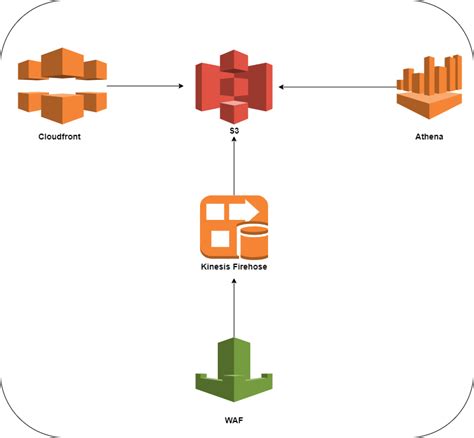
Several organizations have harnessed the power of AWS WAF and CloudFront to bolster their security and improve content delivery. Here are two real-world examples:
Example 1: Financial Institution
A leading financial institution faced increasing cyber threats, including DDoS attacks and SQL injection attempts. By implementing AWS WAF and CloudFront, they were able to:
- Deflect DDoS attacks by leveraging CloudFront’s global network.
- Filter out SQL injection attempts using AWS WAF’s custom rules.
- Optimize the delivery of their online banking portal, resulting in faster load times for customers.
The combined solution not only protected sensitive financial data but also enhanced the user experience, leading to increased customer satisfaction.
Example 2: E-Commerce Giant
An e-commerce giant operating across multiple countries needed to improve the performance of its online store and protect against bots scraping product data. They deployed AWS WAF in combination with CloudFront to:
- Accelerate the delivery of product images, reducing bounce rates and increasing sales.
- Implement AWS WAF’s rate limiting to prevent data scraping bots from overwhelming their servers.
- Ensure a consistent user experience for customers worldwide, regardless of their location.
As a result, the e-commerce giant witnessed a substantial increase in website performance and security, contributing to higher revenue and customer loyalty.
Statistics and Impact
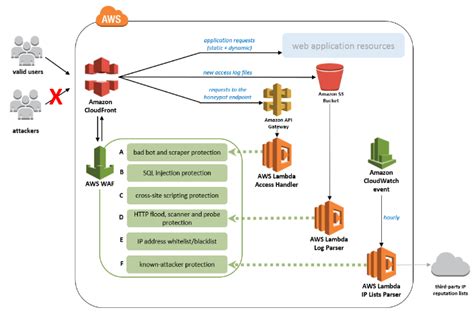
Let’s delve into some compelling statistics that highlight
the impact of AWS WAF and CloudFront:
1. Reduced Latency
According to AWS, CloudFront can reduce latency by up to 40% for content delivery. Faster load times translate into improved user experiences, higher engagement, and better conversion rates for businesses.
2. DDoS Mitigation
AWS WAF and CloudFront successfully mitigate DDoS attacks. In one case study, a customer reported a 90% reduction in DDoS attack traffic after implementing this combination, ensuring uninterrupted service availability.
3. Improved Conversion Rates
Businesses using CloudFront often see a significant improvement in conversion rates. When content loads quickly and reliably, users are more likely to stay on the website, browse, and make purchases. In some cases, businesses have reported conversion rate increases of up to 20%.
Conclusion
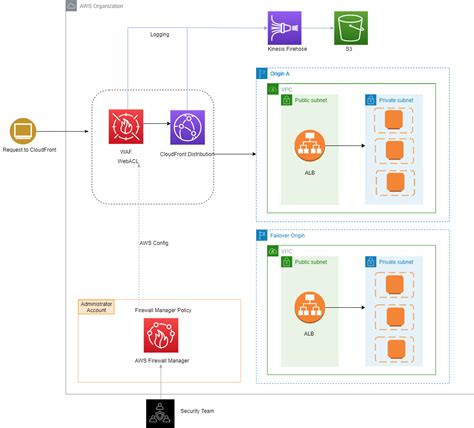
AWS WAF and CloudFront are a formidable combination, offering enhanced security and content delivery capabilities to businesses of all sizes. By leveraging AWS WAF’s rule-based filtering and CloudFront’s low-latency global network, organizations can protect their web applications from threats, optimize content delivery, and provide exceptional user experiences.
The real-world examples and statistics we’ve explored highlight the tangible benefits of this synergy, including reduced latency, DDoS mitigation, and improved conversion rates. As businesses continue to rely on the web for their operations, AWS WAF and CloudFront remain essential tools for securing and accelerating web applications in an increasingly digital world.
So, whether you’re safeguarding sensitive financial data, running a global e-commerce platform, or delivering content to users worldwide, the combination of AWS WAF and CloudFront empowers you to thrive in the digital landscape.
